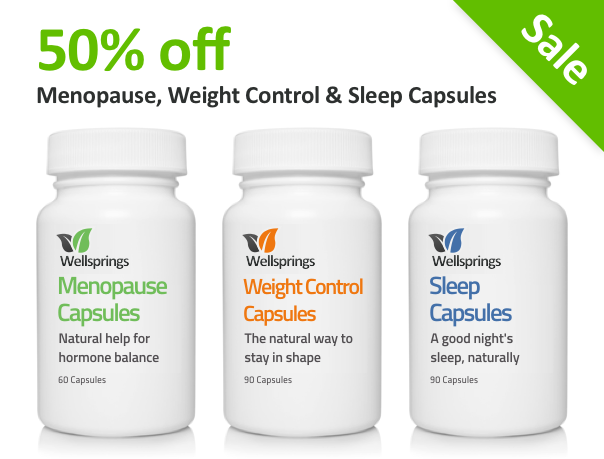Why Soy Is Not The Best Way To Avoid Osteoporosis
Bone renewal and building requires both progesterone and oestrogen, but soy is not the only answer.
Osteoporosis, or osteopenia – the precondition to osteoporosis – is certainly not something to ignore. Three million adults are affected, with the majority of cases being seen in women but as men are more exposed to oestrogen they too are also experiencing this serious condition.
Often dubbed ‘the silent killer; as there are no external signs, the first indication is usually a broken bone and there are 300,000 hospital admissions a year for fractures.
What do you need for strong, healthy bones?
Two hormones are involved: oestrogen and progesterone as well as a number of essential nutrients from the diet. At menopause both hormones decline, but progesterone levels drop more dramatically as the majority of women still produce oestrogen in the fat cells of the abdomen, hips and thighs.
Bone is a living tissue and, like all living tissues in the body, it continues to grow throughout our lives in a continuous process of old bone being broken down and replaced with new bone. Oestrogen is responsible for breaking down away old bone, and progesterone then fills in the gaps and renews the bone.
Why drugs are not the answer
The majority of drugs prescribed for women with osteoporosis just slow down bone breakdown. While this is important, if there is rapid breakdown they do not build up new bone. Building up new bone is vital important because old bone becomes brittle and more prone to fracture. In addition, most of the available drugs have a number of unpleasant and even dangerous side effects. In the USA the FDA (Federal Drug Administration) monitors such drugs and has several times issued warnings over their long-term use.
What can you do to help yourself?
Clearly it is important to maintain good hormone balance. Weight gain at menopause may be a nuisance, but the oestrogen it provides – unless in excess – will contribute to maintaining good oestrogen levels. Only women who are underweight or very slim at menopause will not be producing this and for them a combination cream with both progesterone and oestrogen will be the most helpful, otherwise supplementing with progesterone is the most effective way to reduce the risk of osteoporosis.
Soy can be helpful, particularly soya beans, as they contain chemical compounds called called isoflavones, which mimic oestrogen and help protect the bones from weakening. British researchers rom the University of Hull have said that oriental cooking, such as Chinese and Japanese food, could therefore help to ward off osteoporosis. A six month trial they found that women had been given isoflavones had healthier bones after the six months and were also less at risk of heart disease, which oestrogen is also thought to protect against.
Lead researcher Dr Thozhukat Sathyapalan – a lecturer in endocrinology -said
‘The actions of soy appear to mimic that of conventional osteoporosis drugs. The 66mg of isoflavone that we use in this study is equivalent to eating an oriental diet, which is rich in soy foods. In contrast, we only get around 2-16mg of isoflavone with the average Western diet. Supplementing our food with isoflavones could lead to a significant decrease in the number of women being diagnosed with osteoporosis.’
Soya beans – which are known as edamame beans when eaten from the pod before they have ripened – are an increasingly popular alternative to meat.
They are also the basis for tofu, soy sauce, soya lactose-free milk and miso paste, which is used in Japanese cooking. The beans originate in China and are extremely high in protein, fibre and certain vitamins and minerals.
Among the other nutrients needed to prevent osteoporosis are vitamin K2, magnesium, silica and boron. The best way to obtain these nutrients is in a well balanced bone supplement from a reputable company.

















